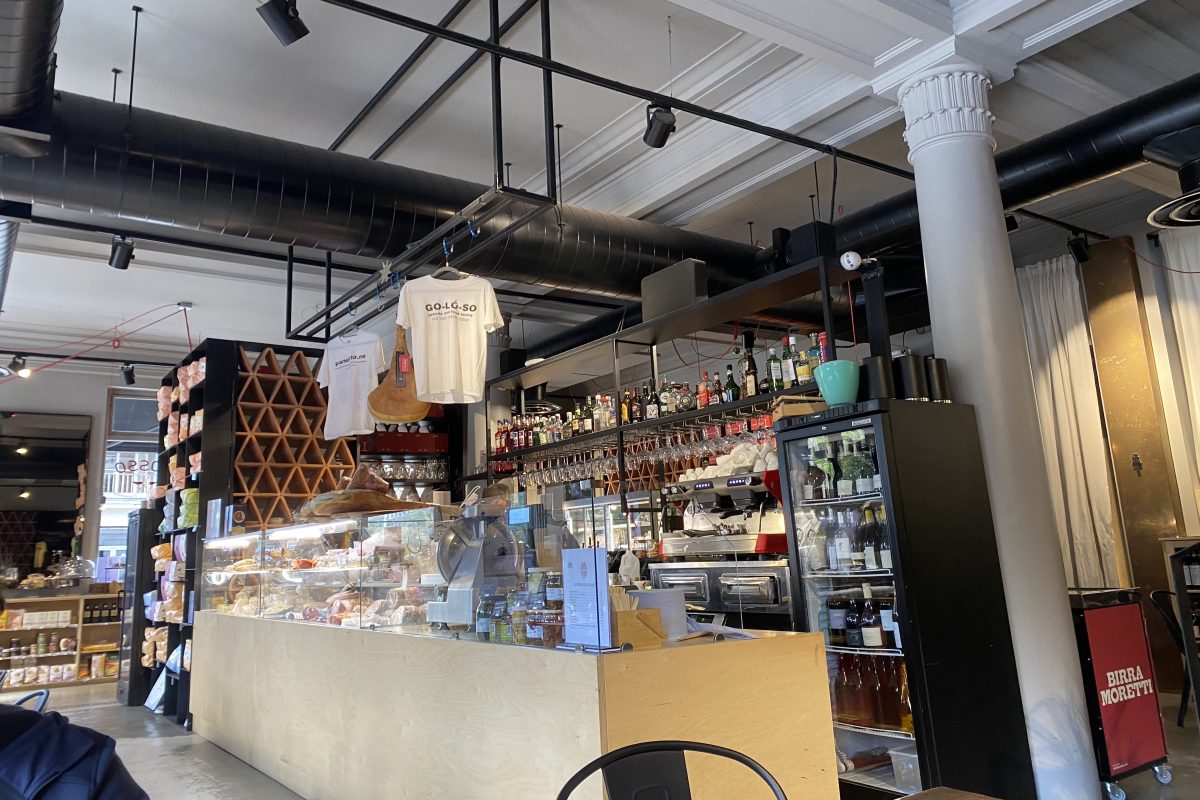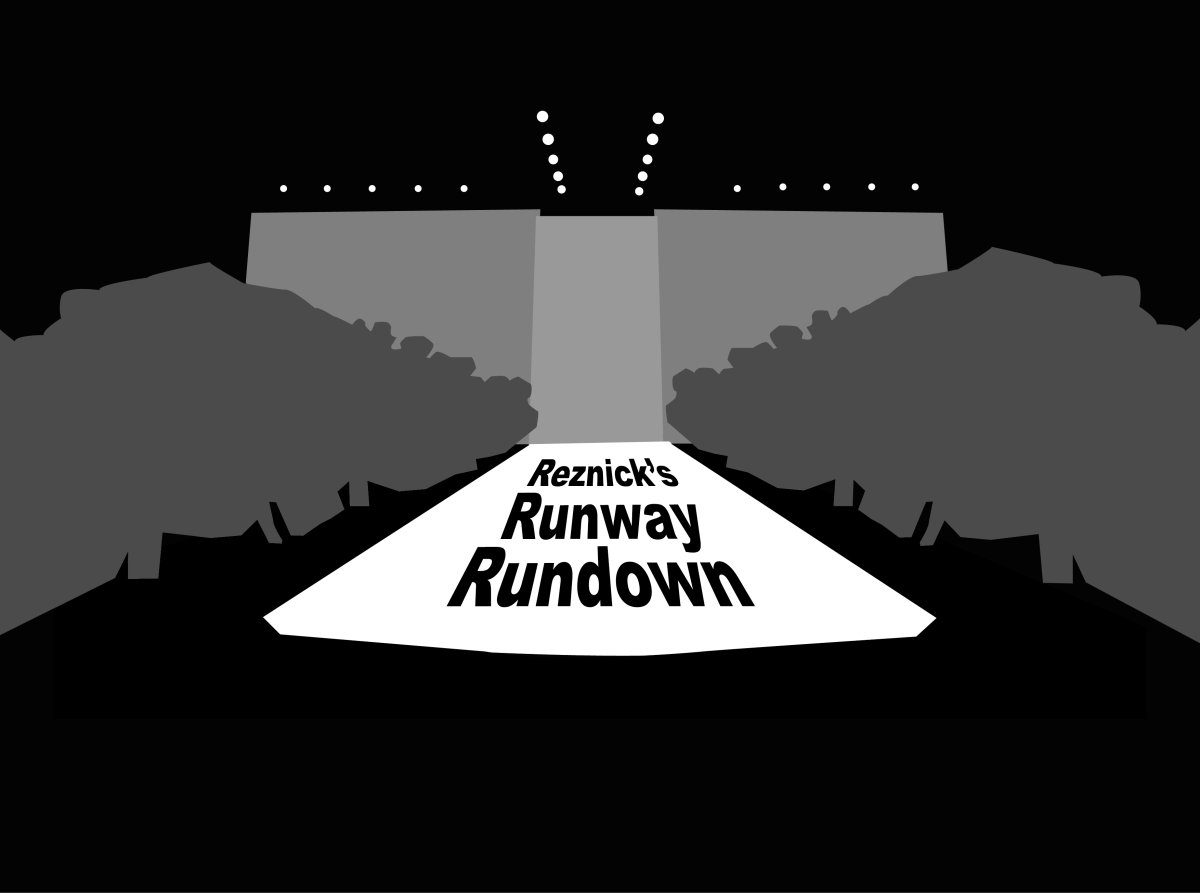Editor-in-Chief Ananya Prakash
Before I begin my review of Frida Kahlo: Making Her Self Up, an exhibition on Frida Kahlo’s life and art, I feel it necessary to provide some context. To be completely candid, I probably am the least qualified person to give this review. Although I find myself frequently visiting art exhibitions and installations around London, I am quite possibly as far from an art critic as one can get. However, what I lack in skill or professional analysis, I will try to make up with passion and honesty. This layman review may be just what you are looking for: devoid of allusions and extended metaphors when referencing the color red.
On June 16, the Victoria and Albert Museum (V&A) opened to the public what can be considered their most sought-after exhibition: Frida Kahlo: Making Her Self Up. This exhibition, which closes on November 4, is a homage to Frida Kahlo, a renowned surrealist Mexican artist from the early-mid 1900s.
Prior to my visit, I had read numerous articles on Kahlo’s life and watched Julie Taymor’s 2002 film Frida. With every piece of information I learned about Kahlo—her attempts to break out of social norms, her tragic accident and the ways it was reflected in her art—I had started to build an image of her in my mind. It was an image that radiated purpose, courage, and sadness. Nothing, however, would have prepared me for the experience I had at the V&A.
As previously mentioned, this was not an exhibition solely of Kahlo’s artwork, but rather a story of her artwork in response to her life journey: her personal belongings, artifacts, photographs and clothing were all on display. This was the first time her belongings were compiled and exhibited outside of Mexico, making the experience all the more astounding.
Walking into the exhibition, which began in a relatively narrow corridor, I immediately noticed a buzz from the sheer number of people in the room. Although admission was staggered to every half hour and came at a cost of £16, it was difficult to take a step in any direction without waiting for people to move first.
Before any of Kahlo’s art or artifacts were displayed, the exhibition showcased numerous family portraits, providing context to her life and time period. With a German father and Spanish-Indian mother, Kahlo inherited a complexity of cultures that was reflected primarily in her dressing style. She dressed in traditional European-style dresses like her sisters in some of the photos, while she stood out in her father’s suit in others. It was in such photographs where she held herself so confidently beside her family that I was able to see her courageously yet nonchalantly breaking gender and cultural norms.
Alongside influence from her family’s Mexican heritage, Kahlo’s art was also heavily influenced by her prolonged physical suffering. Kahlo contracted polio as a child and was later in a bus accident that left her infertile and largely bedridden, undergoing numerous surgeries and painful treatments throughout the majority of her life as a result. It was in fact her bus accident that catalyzed her interest in art, and she started to spend many hours on the bed painting. Her ability to find a passion amidst such pain can be commended, but might have also been inevitable.
It was the sheer loneliness that she expressed through her art that struck me. Although she had her family and her tumultuous relationship with Mexican painter Diego Rivera as sources of human interaction, her inability to move freely around and outside her house eventually led her to focus on self-portraits. “I paint self-portraits because I am so often alone, because I am the person I know best.,” Kahlo explained. The self-portraits on display at the V&A, with the often distorted images she created of herself, sometimes surrounded by monkeys, and other times with Rivera’s face on her forehead, revealed to me just how eccentric and intricate Kahlo’s unexpressed and suppressed emotions were.
Further within the exhibition, I walked into a large room with glass displays in the center and works lining the wall. The dim lighting, dark walls and dramatic orchestral music in the background made the space almost enchanting. Upon closer inspection, I saw that the glass case held Kahlo’s personal possessions, primarily her cosmetics and vanity products. Other cases held the numerous back and leg braces that she used following her accident. All of them were painted on and personalized with bright colors and shapes. It was only in this part of the exhibition that I became cognizant of my underlying sense of discomfort that was present for the last hour. A lot of what was displayed—Kahlo’s lipstick, her earrings, and corset—felt a little too private for the public eye.
This level of discomfort was only heightened when looking at all the outfits that Kahlo wore displayed on mannequins in the next room. All of them were beautifully made and large in size to conceal the braces she wore. Some of them had fading paint marks around the sleeves and some were stained at the collar. It all seemed too intimate.
But perhaps that was the intention of the exhibition, to showcase such raw and private parts of Kahlo that forced me to see her for who she was, not the glamorized version of her that I carried around, but the real, flawed—and in that way, more powerful—version of her.
*Editor’s note: The V&A has declared that the exhibition is now sold out, however, limited tickets are announced each day at 10 a.m.




